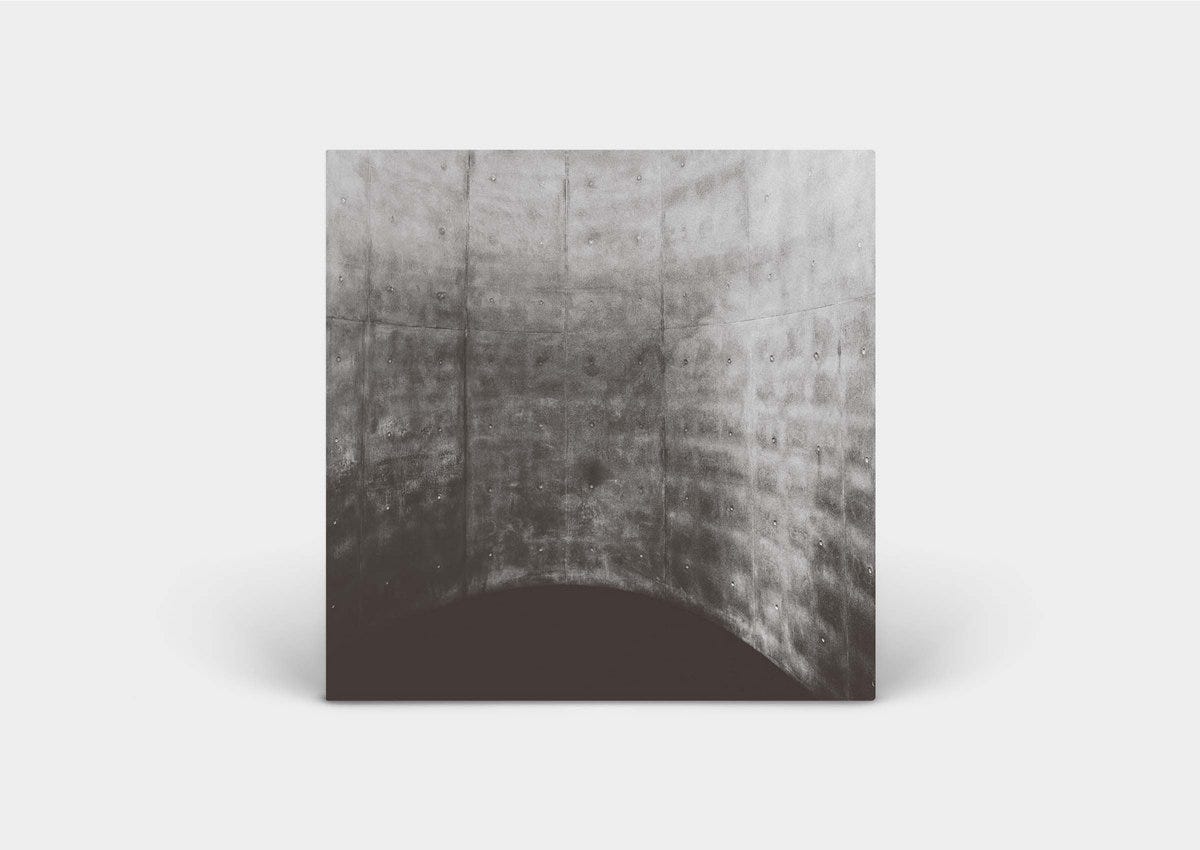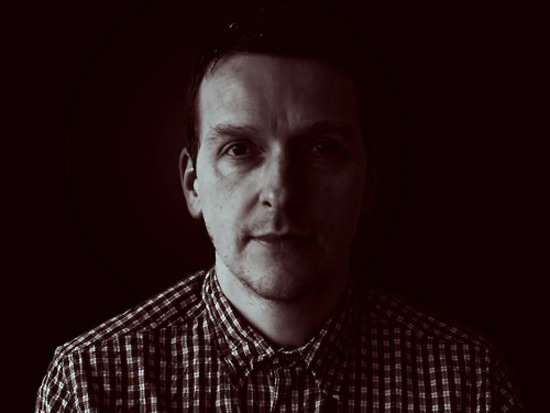Neuguitars 2024 #20: Justin K Broadrick's isolationist maximalism: “What we don't see”
invite you to a high volume dive...
Majestic. Unsettling. Dark. Maximalist. Isolationist. Five adjectives to try to find a definition for the music contained in the new, recent CD “What we don't see”, produced by Avalanche Recordings and Final ( Final (band) - Wikipedia ), Justin K Broadrick's alter ego, which existed sporadically since the end of 1983, when he was 13 years old, initially as an exploration into the fields of industrial and electronic music, shelved in 1986 while Broadrick continued his activities with Napalm Death, Head Of David and Godflesh, and then revitalized in 1992, to study themes dark environments and spaces without rhythm, almost exclusively built around a deviant idea of guitar.
This “What we don't see”, so full of themes close to Mark Fisher's ideas on the eerie world, could not fail to catch my attention, requiring careful and in-depth listening.
“The theme of this recording is the invisible world, and one's (my) need for it. It's necessary for me, this idea of the invisible world, if I am to function on a daily basis. I find comfort in knowing that this is all not just us here and now, that there's something else around us. That there's something within us, that isn't just this frail skin and bones and the immediate environments we drag ourselves around. I am sure since I was a child, that within me I am many, I am more than this. I surely can't be just this, so I am motivated by the fantasy and/or promise of more...”
so Broadrick writes on the Bancamp page of this album.
The object of Broadrick's attention therefore seems to be the forces that operate behind the common ways of interpreting reality, perhaps represented by extrasensory perception and fate. A music that has to do with the attraction for the outside, for what lies beyond perception, knowledge and common experience and in which the eerie is the work of the unconscious itself. For Broadrick the invisible seems to be a clear example of "nothing where there should be something", of a void that conceals itself, and which shows us how 'not seeing what is there' is at the same time a stranger and more more ordinary than seeing what isn't there. The inability to see, the involuntary process by which we leave out an element that contradicts, or simply does not fit, with the predominant stories we tell ourselves, is part of the continuous "editing process" through which we recreate what we we experience as an identity. In negative hallucination, objects and entities are typically perceived, but not seen by the individual. More easily, or rather inevitably, they are heard. And if sound fills a space that we see as empty, offering new possibilities and new sensations, then Broadrick's music asks us metaphysical questions that concern existence and non-existence: why is there something here when there shouldn't be Nothing? Why is there nothing when there should be something?
“What I’m interested in with guitar is either having a lot of emotion or a melancholic aspect – which is Jesu – or with things like Godflesh, JK Flesh and Greymachine it’s abstraction. It’s informed by the first time I heard Killing Joke in 1980, and the way they used guitar, and the first Public Image. I was really influenced the way guitars were so much more abused and non-conventional with those guys. Non-rock! Dissonance! It does something to me physically that I find fascinating. I become so immersed that I can’t see outside of it. And then it gets close to meditation or astral projection. “
Extreme Language: An Interview With Justin K. Broadrick | The Quietus
This music is a possible signal of the fact that the concepts and reference systems to which we are accustomed are now obsolete. Broadrick's augmented guitars express an 'eerie calm', offering us access to forces that govern ordinary reality, but which are normally hidden, as well as spaces that are entirely beyond ordinary reality. It is this liberation from the ordinary, this escape from the confines of what we call musical reality that explains the charm of the music contained in this album. The absence of rhythm, the dark and dilated atmospheres, the background hiss that gives a sense of proportion, the slowed down time are all elements of a form of musical hypernaturalism: an expanded perception of what is found in the material universe. I invite you to a high volume dive.






